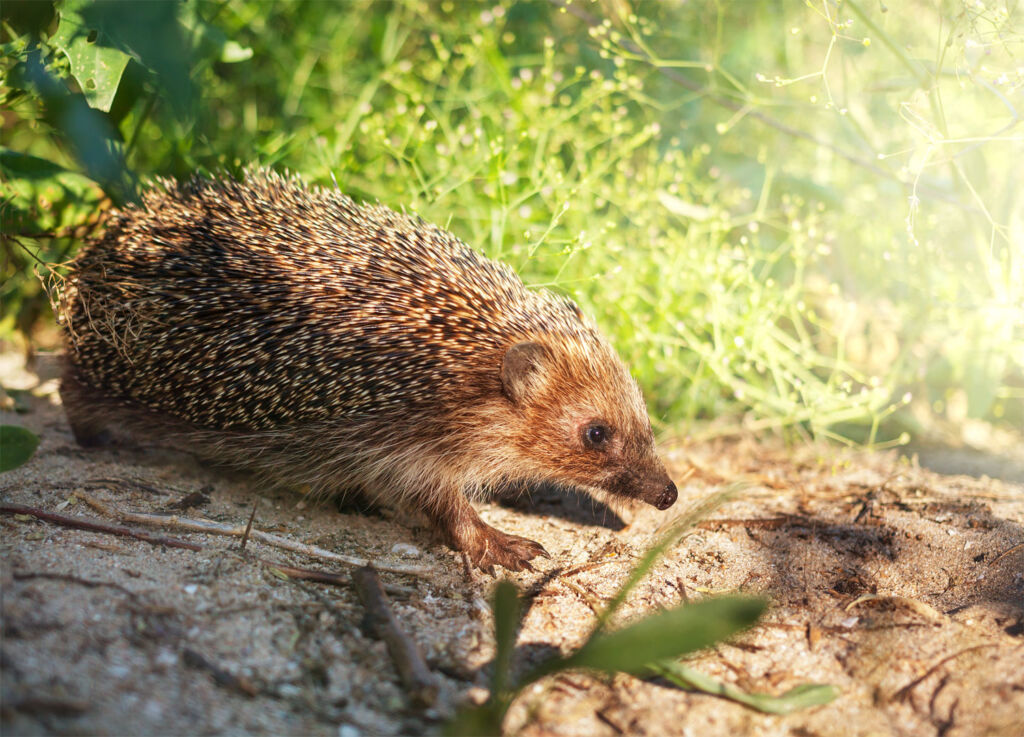
Developers frequently polarise opinions; to some, they are seen as wonderful for creating homes for people and properties for businesses. However, many others take the view that they are the destroyers of natural habitats and green spaces and are only after one thing: money. To ensure the UK remains a green and pleasant land, the Biodiversity Net Gain policy was introduced, and in this feature, we look at what it is and what developers are now required to do.
The government may have watered down some of its net zero targets, but one challenging green policy going ahead imminently is ‘Biodiversity Net Gain‘ – which is set to be a tricky one for developers.
Effectively, Biodiversity Net Gain will mean developers have to create new habitats and green spaces to compensate for the ones they’re eliminating as part of the build, and we are quite sure that the vast majority of people will be in favour of this.
The policy will kick in from January 2024 for developments captured by the Town and Country Planning Act, while small sites will come under its umbrella from April 2024.
Biodiversity Net Gain originates from the Environmental Act 2021, with the remit of delivering a net 10% positive impact on local environments to halt a decline in species by 2030.
How to carry out Biodiversity Net Gain
If possible, avoid destroying habitats in the first place, but if you have to, then there are three options.
- The first is to create another habitat on-site to replenish what’s been lost.
- The second is to develop an ecosystem off-site, whether on different land you also own or by purchasing units from a land manager.
- Finally, if there’s no other solution, you can buy statutory credits from the government to fund them by investing in habitat creation elsewhere.
It’s possible to use a combination of all three options, but to do so, the government asks you to consult with an ecologist to outline why you’re not just using just one.
The incoming Biodiversity Metric
Changes to biodiversity are measured by the Biodiversity Metric 3.1 from Defra (Department for Environment, Food & Rural Affairs). The metric provides a ‘unit value’ for every habitat, which takes into account various factors, like size, distinctiveness, rarity, strategic significance, condition, connectivity, as well as local importance.
By the end of November, we’ll have a better idea of how biodiversity is measured, as there will be a draft biodiversity gain and habitat management & monitoring plan templates, as well as a package of Biodiversity Net Gain guidance.
How can Biodiversity Net Gain be achieved?
Some developers already make the environment a key part of their offering.
There are a number of habitat types you can create or expand: wetlands like ponds, marshes or swamps; woodlands by planting native trees and shrubs; and meadows by sowing native wildflower seeds.
You can restore habitats that were previously destroyed, such as heathlands, peat bogs, or ancient woodlands, and you can introduce vegetation on building roofs or walls.

As an example of improving connectivity, you can build eco-bridges or wildlife crossings to help animals safely cross roads or move through other barriers.
A positive headache
Biodiversity Net Gain is an ambitious policy that’s likely to be a big headache for developers, at least in the short term.
However, the outcomes should be positive, as it’s important England retains its character and isn’t reduced to becoming a concrete jungle in the current years.
What’s more, research has shown that 94% of adults who have visited green spaces felt spending time outdoors was good for their physical health, while 92% felt it was beneficial to their mental health.
Developers are going to go through a tough process of adapting to the changes, so be mindful of the BNG guidance as it emerges to ensure you’re not caught out.
Co-founder and CEO of Searchland, Mitchell Fasanya, commented, “Many developers already make a conscious effort when it comes to their impact on a given environment, and so the transition to a mandatory requirement come January shouldn’t pose too much of a problem.
However, going forward, it will be vital they understand just what is required of them, what impact their development plans will have, and how this impact can be mitigated.
This process begins when site sourcing is set to become as vital as every other aspect involved in the process. So having a comprehensive view of the potential limitations a site may hold will ensure no problems arise further down the development timeline.”
Read more property news and features here.

![]()




You must be logged in to post a comment.